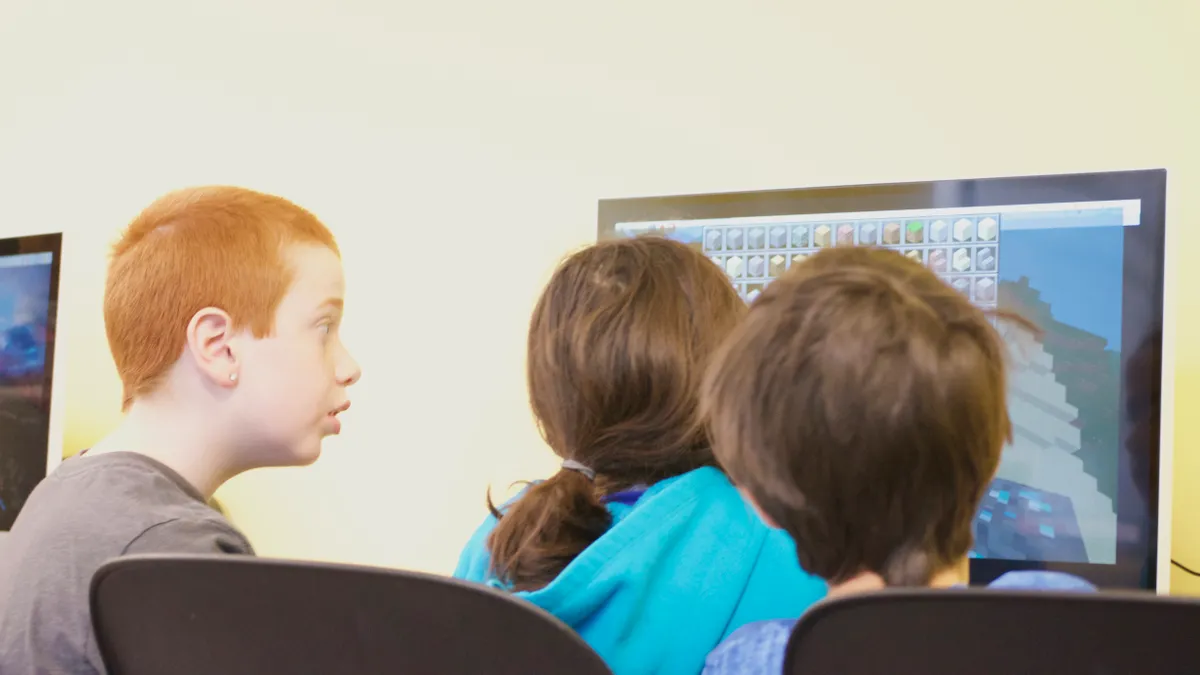Dive Brief:
- In the 2015-2016 school year, Fremont Middle School in Illinois opened 11 new spaces for students incorporating digital technology that would offer them areas to work to complete projects in groups, according to District Administration.
- The Wildcat DEN (Designing, Exploring and Networking) offers students lap desks, interactive whiteboards, monitors, Apple TVs and 30 MacBooks at the ready for students to incorporate into learning. Principal Pam Motesenbocker called the space versatile and comfortable, saying it was “limited only by what teachers think to do.”
- About 50 students stay after school every day to conduct work in the Wildcat DEN, with staff members staying early or late for supervision, and a bus added to bring the students home who stay later. Demand from students has thus far outstripped the ability of the school to adequately staff supervision.
Dive Insight:
The initial concern for schools and districts interested in expanding into utilizing tech in classes, and even creating digital classrooms of their own, is typically cost; it could be difficult for schools, particularly underfunded ones, to create on the scale of the Wildcat DEN. Fremont’s technology integration specialist advised starting small, and that’s a path taken by many universities and schools, including the Fashion Institute of Technology when it wanted to incorporate 3-D printing into its design curriculum.
When constructing digital classrooms, it is important to consider the physical layout of the space as well, particularly if the impetus of constructing the classroom is to foster group collaboration, critical thinking and experimentation. While the digital tools are often the focus of the school’s planning, schools should consider the environment in which the digital classroom will be situated, with education strategists often focusing on creating comfortable and well-lit classrooms with design choices that promote collaboration and personalized space. Additionally, it’s important for schools to consider what will be necessary to support the new tech, including increased bandwidth. Again, if a school starts small, they can scale the project rather than start with an immense undertaking.










